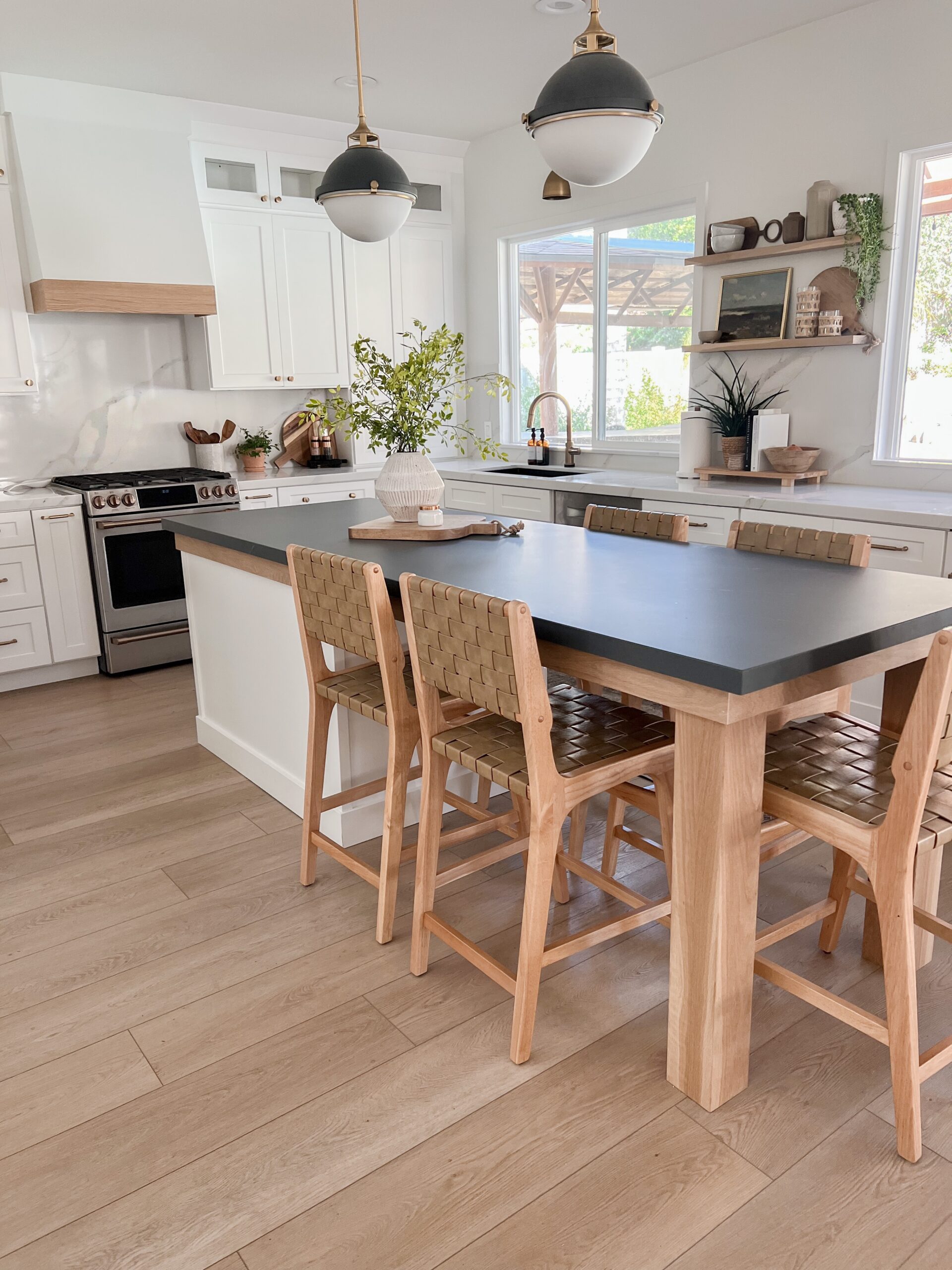Make Your Kitchen Island Stick Out with Customized Legs For Kitchen Island
Make Your Kitchen Island Stick Out with Customized Legs For Kitchen Island
Blog Article
A Guide to Picking the Perfect Legs For Kitchen Area Island for Your Home
Choosing the ideal legs for your cooking area island is a nuanced decision that affects both the performance and visual allure of this central area. As you take into consideration these aspects, it ends up being apparent that the right legs can transform not just the appearance of your cooking area but likewise its usability for years to come.

Comprehending Kitchen Island Legs
When choosing legs for a kitchen area island, it's vital to comprehend their aesthetic and practical roles in the general layout. The legs function as a critical support system, ensuring security and resilience for the island, which often functions as an office, eating area, or collecting place. The choice of material and building and construction technique have to be durable enough to stand up to day-to-day usage and possible wear.
In enhancement to their architectural obligations, legs add dramatically to the island's aesthetic appeal. They can improve the kitchen's design, whether via conventional, modern, or diverse designs. The height and percentage of the legs are additionally important factors to consider; they have to harmonize with the island's kitchen counter height while guaranteeing comfortable seating for those making use of the space.
Additionally, the leg layout can influence the overall circulation of the cooking area. Open, airy leg designs can create a sense of lightness, while solid, significant legs might communicate a much more based and secure visual - Legs For Kitchen Island. Understanding these practical and aesthetic aspects will certainly guide house owners in making notified selections that match their kitchen's layout and improve its functionality
Popular Styles and Products
The selection of legs for a kitchen area island encompasses a range of prominent styles and products, each offering unique characteristics that can boost both functionality and looks. Amongst the most sought-after designs are contemporary, rustic, and traditional. Contemporary legs often feature streamlined, minimal layouts that emphasize simpleness and clean lines, making them suitable for modern-day kitchen areas. Rustic styles, on the various other hand, accept natural aspects and typically display recovered wood or troubled coatings, adding warmth and beauty to the area. Conventional legs generally exhibit elaborate information and craftsmanship, enhancing traditional kitchen layouts.

Elevation and Security Factors To Consider

Stability is another important consideration. The legs of the cooking area island need to provide ample support, guaranteeing that the framework can withstand click here for more info day-to-day usage without wobbling or changing. Material choice plays a substantial function in stability; metal legs, for example, often tend to supply higher strength compared to wood. Furthermore, ensuring that the island is securely secured to the flooring or wall can improve security, especially for bigger islands that might bear considerable weight.
Matching Your Kitchen Area Visual
Picking the appropriate legs for your kitchen island exceeds performance; it likewise plays a substantial function in the general visual of the area. When selecting legs, take into consideration the design style of your cooking area. For a modern appearance, streamlined steel or minimal layouts can develop a clean, modern vibe. On the various other hand, rustic or traditional kitchens usually benefit from wooden legs with intricate detailing or a distressed surface, improving heat and personality.
Legs that enhance or comparison with your island's surface area and bordering cabinetry can produce visual harmony or striking focal points. Additionally, think about the finish of the legs; matte, shiny, or distinctive finishes can substantially affect the total feel of the kitchen area.
Installation and Upkeep Tips
Setting up kitchen area island legs requires mindful focus to detail to guarantee both security and visual allure. Make use of a stud finder to locate wall studs if you are connecting the legs to a wall surface or making use of brackets for included assistance.
When protecting the legs, utilize high-grade screws and, if necessary, wood adhesive for additional strength. For metal legs, ensure that you are using suitable supports and devices to avoid damage to your floor covering. It is suggested to look for levelness after installation, making changes as needed to avoid wobbling.
Maintenance is equally crucial for durability - Legs For Kitchen Island. Routinely examine the legs for any type of indications of wear or helping to loosen, especially in high-traffic areas. Clean the legs with a suitable cleaner, staying clear of rough materials that may scrape the surface area. For wooden legs, take into consideration applying a timber conditioner periodically to keep their finish. By complying with these installation and maintenance tips, you can guarantee that your kitchen island legs continue to be both visually attractive and useful.
Conclusion
Finally, picking the ideal legs for a kitchen area island necessitates careful consideration of elevation, security, and aesthetic compatibility. By choosing ideal materials and styles that straighten with the general kitchen area style, performance can be improved while keeping visual appeal. Correct setup and ongoing upkeep additionally add to the durability and longevity of the cooking read the full info here area island. Ultimately, thoughtful leg choice plays a vital function in raising both the practicality and layout of the kitchen area room.
When choosing legs for a kitchen island, it's vital to comprehend their visual and useful roles in the total layout. Open, airy leg designs can produce a feeling of agility, while strong, significant legs might communicate a more based and steady visual. The legs of the kitchen island ought to supply adequate support, ensuring that the structure can hold up against daily usage without changing or wobbling.Installing cooking area island legs needs cautious attention to information to make certain both stability and visual appeal.In conclusion, choosing the ideal legs for a kitchen island demands careful consideration of height, stability, and visual compatibility.
Report this page